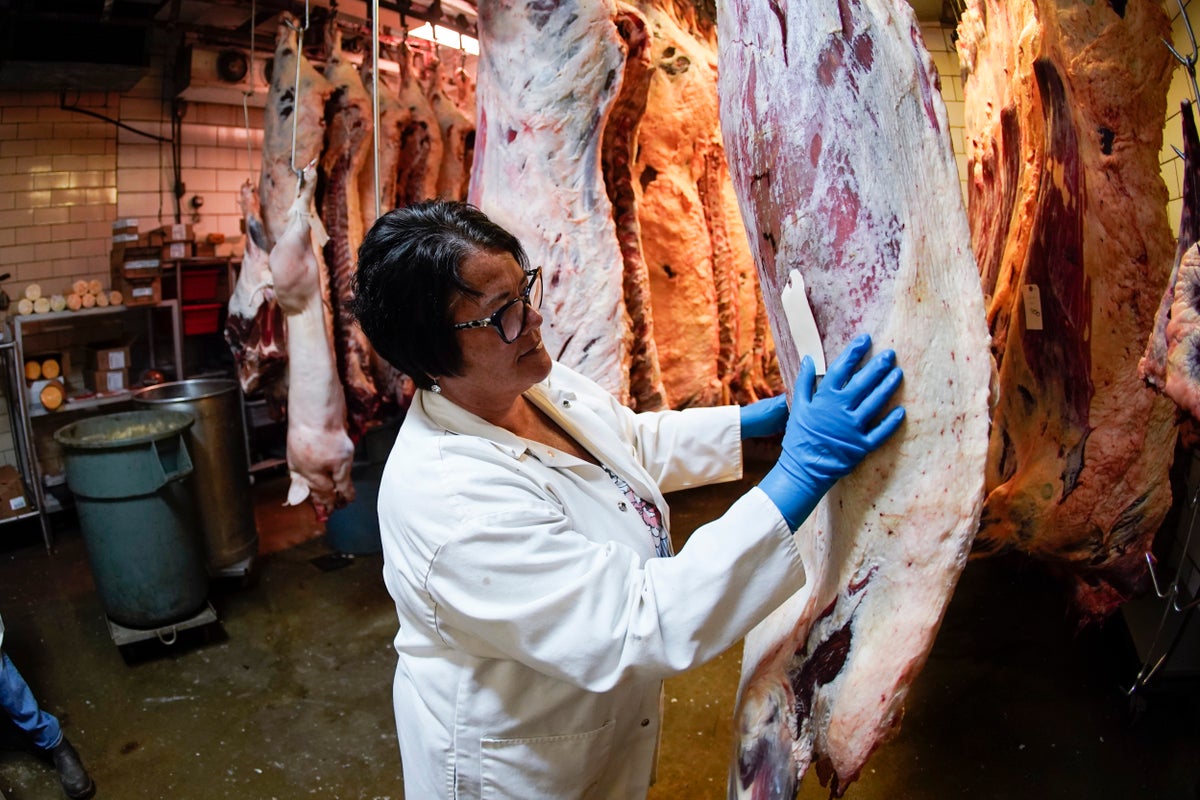
Wholesale prices in the United States decelerated last month, the latest sign that inflationary pressures may be easing more than a year after the Federal Reserve unleashed an aggressive campaign of steadily higher interest rates.
From March to April, the government's producer price index rose 0.2% after falling 0.4% from February to March. Compared with a year earlier, wholesale prices rose just 2.3% last month.
The index that the Labor Department issued Thursday reflects prices charged by manufacturers, farmers and wholesalers. It can provide an early sign of how fast consumer inflation will rise.
Excluding volatile food and energy prices, so-called core wholesale inflation rose 0.2% from March and 3.2% from 12 months earlier. The Fed pays particularly close attention to core prices, which tend to be a better gauge of the economy's underlying inflation pressures.
Thursday’s figures follow a government report Wednesday that showed that at the consumer level, core prices rose 0.4% from March to April — the fifth straight month that those prices have risen at least that much, well above the pace needed to meet the Fed's 2% annual inflation target.
On a year-over-year basis, overall consumer inflation, at 4.9%, has dropped significantly since peaking at 9.1% in June 2022 yet remains well above the Fed’s target level. Economic growth slowed to a tepid 1.1% annual rate from January through March.
The Fed has raised its benchmark interest rate 10 times in 14 months. The central bank's policymakers want to slow the U.S. economy — the world's biggest — just enough to control price increases without causing a recession. But many economists are skeptical and expect the United States to slip into a recession later this year.







